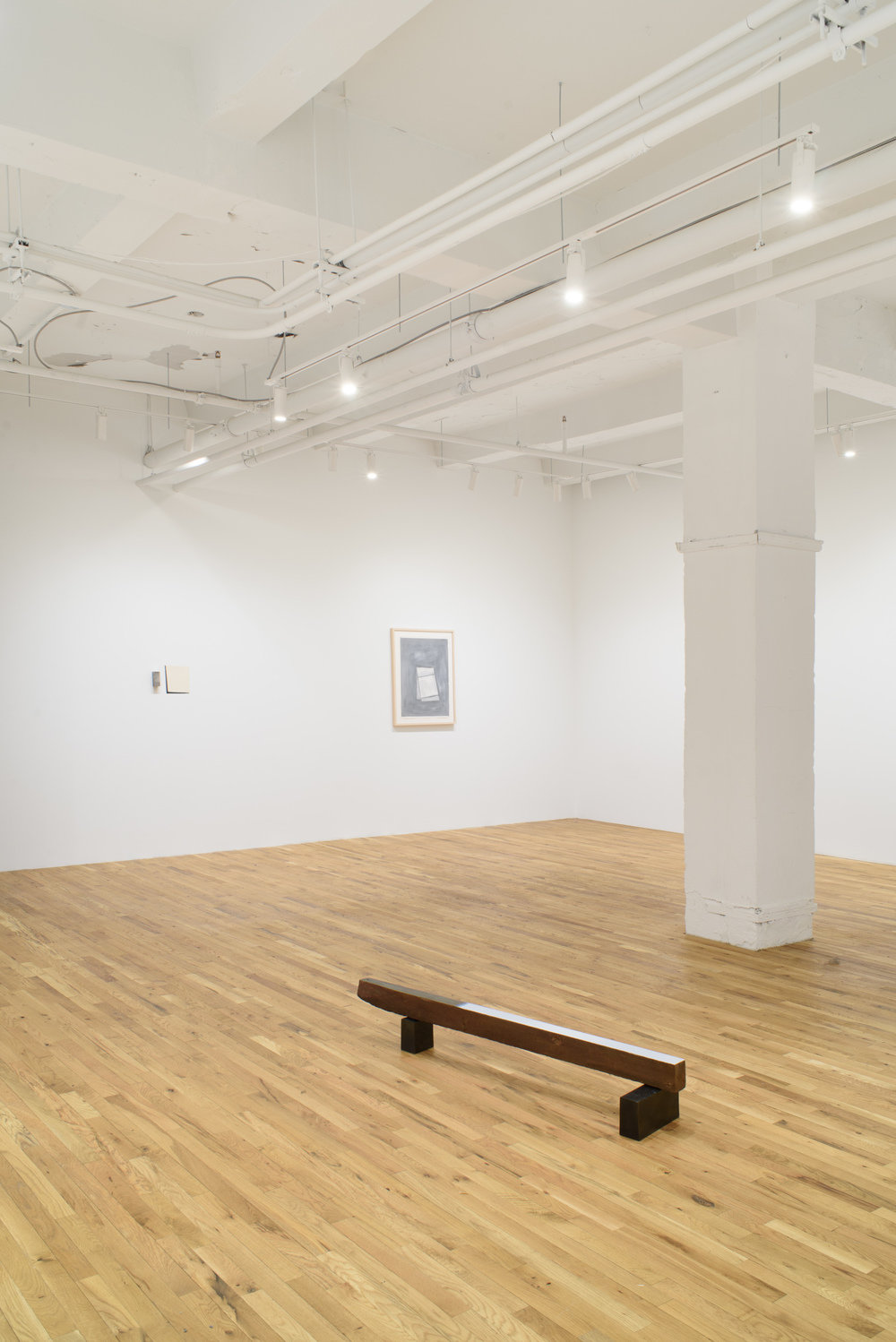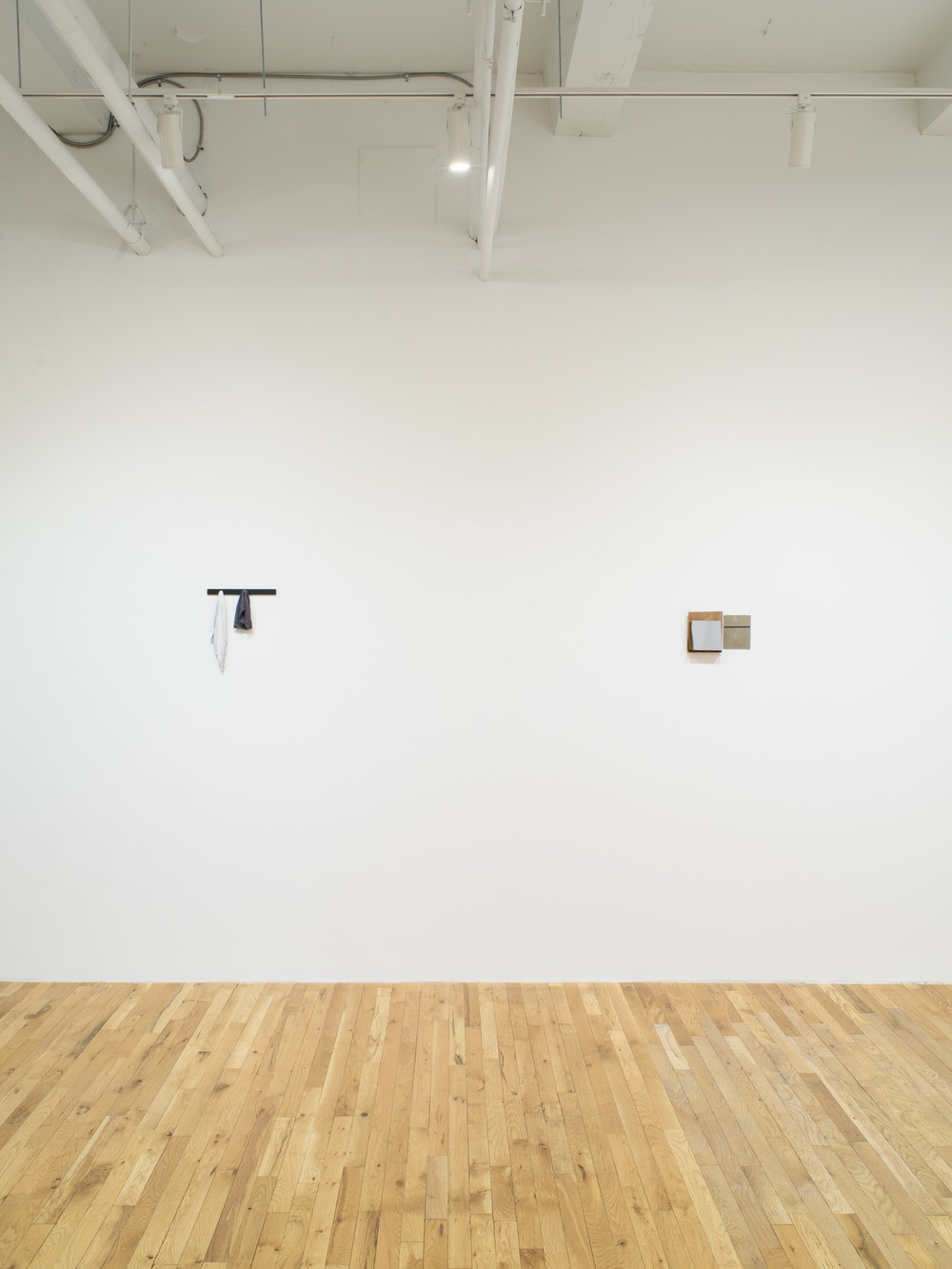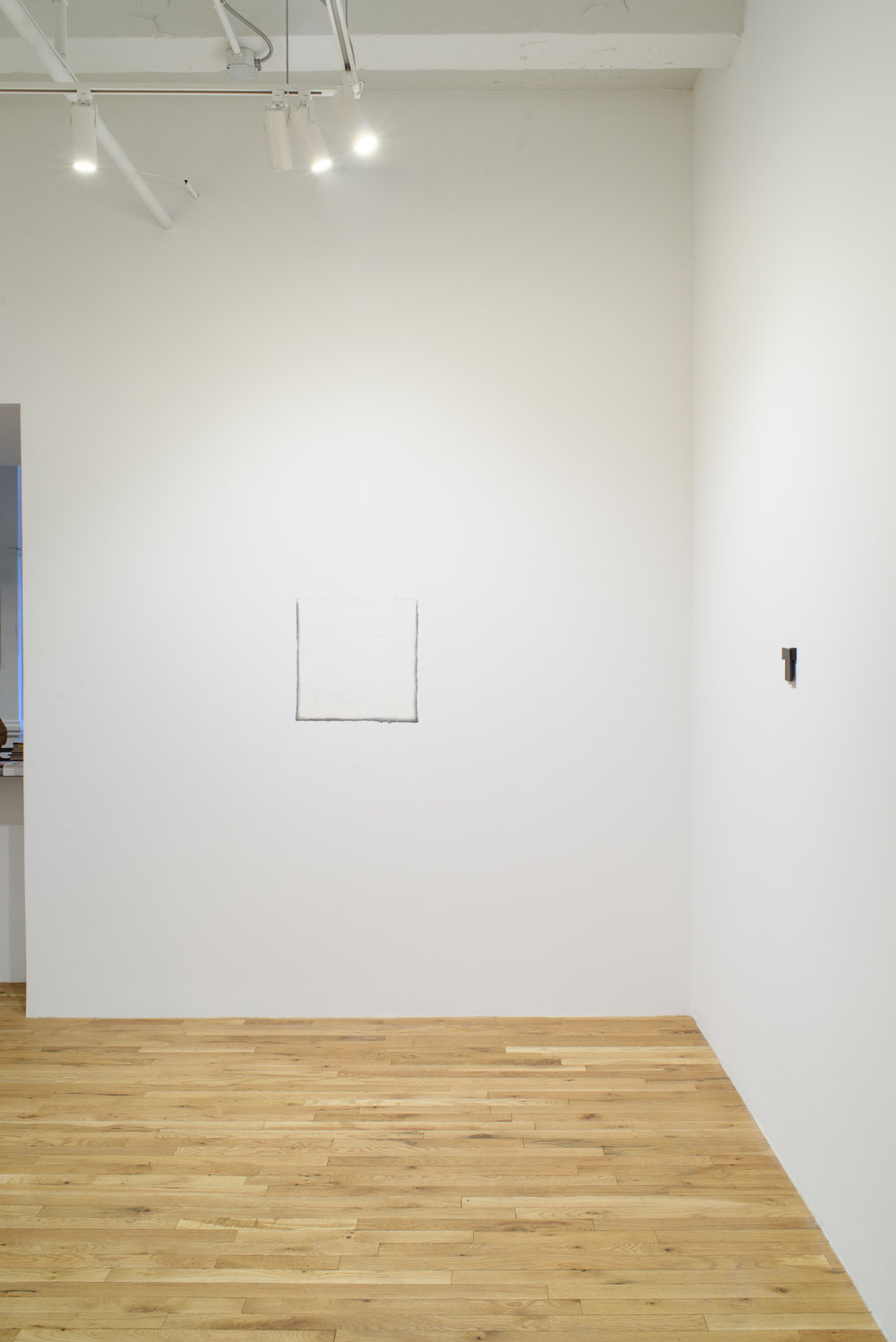Installation








Jan 23 — Mar 08, 2025
Featuring work by: Bill Walton
Opening Reception: January 23, 6–8pm
Bill Walton (1931–2010) gave shape to outdoor and domestic experience by concretizing the aesthetic dimension of a life lived. Never literal, Walton’s work is predicated on oblique references—clues in the form of titles that usually name sculptures, the medium he is best known for. Walton’s titles might allude to towns he visited on fly fishing trips (Roulette and West of Roulette, for the township in western Pennsylvania) or folk place names that are not on maps such as Dark Hill, Evening Creek, and Swamp Creek. The Red Floor/White Floor series incorporates—or references—flooring materials, perhaps the detritus of a home renovation project, memorializing the history of a past domestic realm. The wooden element in Wisteria is from an actual wisteria vine from the artist’s front yard, repurposed by Walton when the plant died and transformed into a modest memorial to the idea of home.
Background stories can, however, belie these highly refined sculptures that are difficult to categorize and make sense of at first glance. Elegantly simple, most of Walton’s objects are tooled from scraps of lumber, metal, glass, and linen that he carefully cut, planed, and painted. Linen elements are folded into napkin-like shapes or draped over tiny fasteners, all frozen in form by paint. Bringing together the austerity of Minimalism with a respect for the handmade, his works may trick viewers into believing that found objects lie before them, rather than the meticulously crafted sculptures that they are.
While usually viewed as a sculptor, Walton's two-dimensional efforts are equally compelling. Walton's paintings and drawings range from monochromes on unstretched canvas, to Constructivist-like geometries on raw linen, to drawn and painted studies of folded paper elements. The drawings and paintings are sometimes autonomous and at other times they’re installed in dialogue with objects.
Walton did not believe in dating his art, not out of a desire to obscure chronology, but because he knew he might go back to certain "completed" works with a different approach over the span of several years. His tinkering allowed him a continuum and flux that suited his core beliefs about his art: that objects constructed from vintage parts (a dead tree limb, a salvaged floor board, or piece of metal) could be readjusted in tandem with a view of the constantly shifting world around us.
Walton briefly studied art at the Institute of Design in Chicago, but was essentially self-taught. His career was centered in Philadelphia, where he worked as a commercial printer and taught printmaking at Moore College of Art and Design. His work has been exhibited at institutions such as the Fabric Workshop and Museum, Philadelphia; the Philadelphia Museum of Art; the Pennsylvania Academy of the Fine Arts; and the Institute of Contemporary Art, University of Pennsylvania. Recent solo gallery presentations include Sweetwater, Berlin, Germany; Frith Street Gallery, London, U.K.; Adams and Ollman, Portland, OR; and JTT and James Fuentes, New York, NY (across both venues). His work is included in the collections of the Philadelphia Museum of Art, Pennsylvania Academy of the Fine Arts, Yale University Gallery, and Wellesley College.







